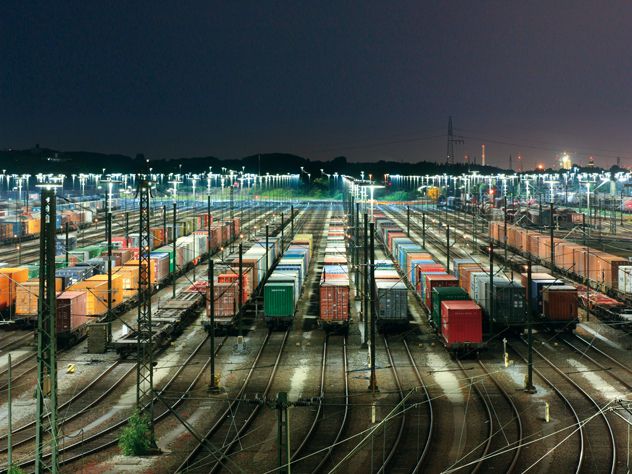Customer:
Lexmark
Industry:
Imaging solutions and innovative technologies
Solution:
Order-driven dynamic transport planning, mixed containers, early supplier engagement and enhanced business process KPIs.
- Annual net transport cost savings of approx. 17%
- Significant efficiencies in container use and reduced carbon footprint
- Smaller markets more efficiently and better served
As a key account manager at Kuehne+Nagel, I have the pleasure to work closely with the supply chain team at Lexmark. They are so passionate about their products and services, and dedicated to the success of the company: When I first met the team, it was clear they had a focus on optimizing flows and on exceeding customer expectations. And of course, we were committed to going that extra mile, which we strive to do for all our customers.
Therefore, Tonya Jackson, Senior VP and Chief Supply Chain Officer at Lexmark, was not surprised when we suggested to review the entire inbound logistics setup to see where we could improve processes. Already from the start, it was clear that this was going to be a massive undertaking, but with Lexmark's full commitment to lean processes, we set out on the journey. Using our tools, we conducted a series of workshops aimed at reviewing the inbound supply chain processes at Lexmark. This mainly included components arriving from China and going to EMEA, Oceania and South America.
Together, we started out by building a common understanding of the current situation. Once this was clear, we developed a detailed business case were operational opportunities were detected and evaluated. We put all learnings into a comprehensive report, that not only depicted the current state of the supply chain, but identified the areas were improvement was possible and the risks that change could entail.
In the end, the results were more than satisfying. Lexmark managed to reduce costs by 17%, exceeding the goal many times over. They reduced lead times and the number of containers used, thus improving their carbon footprint, which is an important topic for both Lexmark and us.
All in all, this efficiency improvement project was a success. We are always grateful to work so closely with our customers. It is rewarding to be able to support them in thinking about logistics in a new way, and applying our knowledge directly to everyday challenges. Although these projects often result in efficiency improvements, cost savings and other benefits, I must admit that not every project wins an award. However, this one did - the prestigious "Commonwealth Supply Chain Innovation Award".
Following this successful implementation, Lexmark continued rolling out the programme across the full organisation. We are proud to have been involved in this important project. A project that is far from over, because where there is logistics, there are efficiency improvements just waiting to happen.
I believe this project was so successful thanks to the efforts of our talented global team and our valued partners. We all focused on the common goal to optimize our inbound supply chain and improve the customer experience
Brad Fruth, Project sponsor and Lexmark Worldwide Compliance Manager




